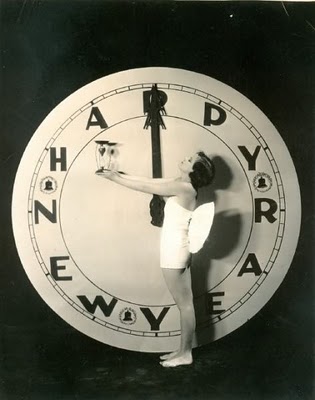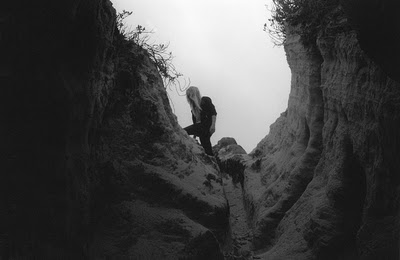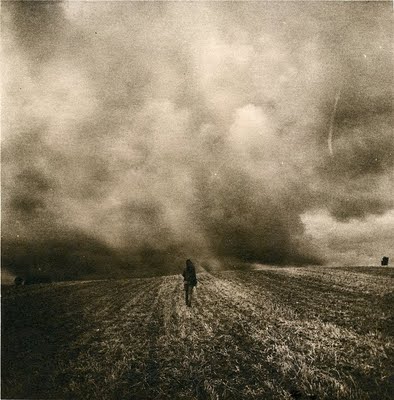Coach House: Steve Reinke, Auden’s best friend, is the name of a real person, who is also a video artist. But the Steve in the novel is fictionalized, isn’t he? How does fictional Steve differ from real Steve?
Mike: On and off the page, Steve is the creator of wondrous and unusual videos that induce healing effects in their viewers. But that’s about the only thing he and his literary doppelganger share. He does not teach at Marshall High School in Chicago, he has no taste for paper suits, he never appeared on a reality TV show, he has never met Yoko Ono and most importantly: he is not HIV-positive!
Coach House: What about the real Steve Reinke made you want to fictionalize him?
Mike: Steve was asked by honcho California artist Mike Kelley to fly down to LA and lecture on my work. He talked the talk and showed some movies and when he was done the assembled students were certain that I was another of Steve’s elaborate fabrications. When invited by Power Plant curator Philip Monk to participate in Substitute City, a show dedicated to new views of Toronto, I asked Steve to do the voice-over for a new video of mine, and when it was exhibited many thought it was Steve’s work.
This authorial dispersion has been extended in other ways. For instance, many of my movies are available for online viewing, and refusing the dire copyright notices that accompany most of these offerings, my notice encourages viewers to download and re-edit. I am looking forward to their newer, shinier, more perfect versions.The Steve Machine imagines a city where identity borders are not patrolled so carefully. We already live in a place where popular phrases and pictures pass in and out of us, in rapid exchange. To say nothing of the micro-world of bacterias and viruses. These principles, which we already live by, are being extended daily via the computer. My book machine is part of the same gesture.
Coach House: You’re a highly regarded filmmaker. What made you make the leap to fiction? How is the process different for each?
Mike:I recently heard a brain researcher describe her stroke: from one moment to the next she flipped between a blissful state where she was unable to see where her body stopped and the world began, and a righteous panic as she registered the cold fact of having a stroke. The panic, the cold facts and the inexorable sense that I am monitoring a situation that I have no control over, all this is familiar from my movie making.
[For instance] a little over a year ago, my friend and long-time editor Mark Karbusicky died suddenly and unexpectedly. I have been living inside his fatal decision, visiting his family and friends, retracing the steps. The small pictures that have been gathered through these encounters will not be enough, but they are an offering, an attempt to make a place where my friend can come and visit again. To leave a trace.
The writing of this novel, on the other hand, has arrived as a rare pleasure and relief. To be relieved of the sharp grief, the burden of appointments, the disappointments of technology. Instead I could follow words that moved easily from the keyboard onto the page, as if their stencils or outlines were already there, and I was filling them in. The process of writing was like being given a children’s colouring book, with the forms already in place. All I had to do was take up the crayons.
Coach House: It’s widely known that you’ve been HIV-positive for some time. Is this a subject you’ve tackled before in film? Is it difficult to write about? How present is the real Mike Hoolboom in the novel? We love especially that you’ve brought a fine sense of humour to it the comic AIDS novel is somewhat of an anomaly
Mike: Yes, AIDS and movies have been a long duet in my work. I’ve won the award for best Canadian short twice at the Toronto International Film Festival, the first time for Frank’s Cock (1993), the second time for Letters from Home (1996), and both movies are about AIDS. There was also Valentine’s Day (1994), a dystopic AIDS-quarantine sci-fi feature, and Panic Bodies (1998), an episodic feature-length suite that began with a four-screen meditation on AIDS. Unlike most illnesses, this one will not be leaving me, it is also me, my identity, and has been for more than twenty years now.
I think it was Godard (as usual) who said that in order to make a work of fiction, it is necessary to begin with documentary, and vice versa. How much of me is there in the book? If it’s true what Lacan says, that the unconscious is structured like a language, then this book machine holds the secret of my structure, it shows the way I gather and arrange words to create meaning. But it is not a transposition of lived events, not at all. There are some who can go out and adventure and then sit home in their recovery and scribble it all down, and others who might make, from the barest suggestion of an adventure, a whole other world. While I long to adventure, I am more at home in the second group.
Coach House: In the novel, Auden and Steve are constructing a machine in the form of a book. Can you tell us a little about what this machine will do?
Mike: The novel follows a trajectory from illness to health, and one of the signs of this brimming new health is a new inner voice. In the cartoons of my youth this was typically depicted by a pitchfork-wielding, red leather devil perched on one shoulder whispering schemes. You are unworthy of love. You are not beautiful. You are not working hard enough. We all have these voices sounding off inside, telling and telling again a narrative that has attached itself to our identity. For many of us, this voice and its cruel truths are the root of who we really’ are. This book offers a way out of this impasse: via careful reading, the voice of the reader may be replaced with another voice, no longer needing to fill every available moment with judgments and off-screen commentary. Instead, it offers the hope of a consoling quietude.



